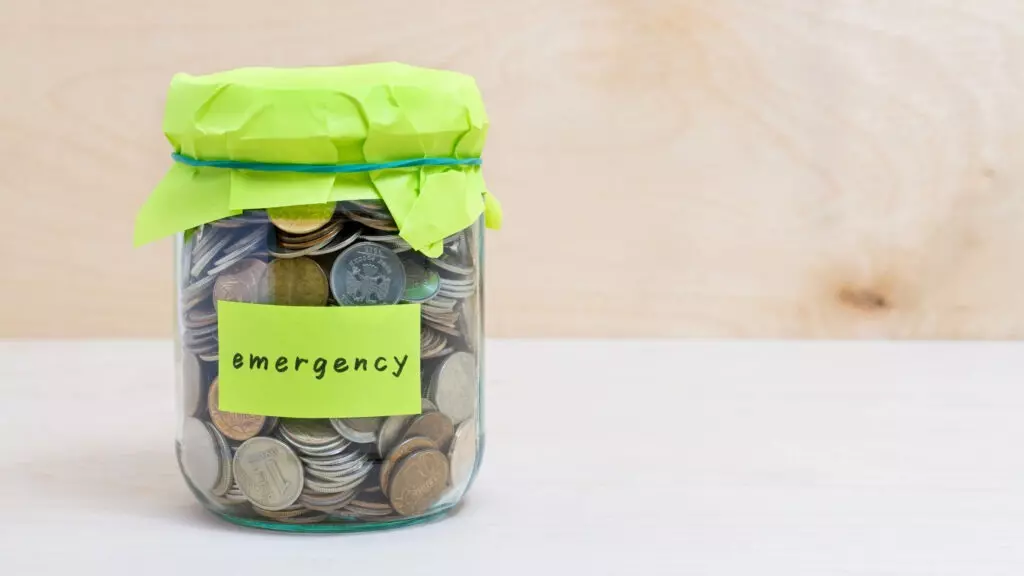Introduction
Life is unpredictable. A sudden job loss, medical bill, or car repair can drain your finances if you’re not prepared. That’s where an emergency fund comes in. An emergency fund is a financial safety net that helps you cover unexpected expenses without falling into debt.
But here’s the challenge: how do you build an emergency fund if you’re living paycheck to paycheck or earning a low income? The good news is—it’s possible. In this guide, we’ll cover practical steps, proven strategies, and realistic tips to build an emergency fund no matter your financial situation.
Why an Emergency Fund Matters in 2025
- Financial security – Avoid relying on credit cards or loans.
- Peace of mind – Less stress during unexpected events.
- Flexibility – Handle car breakdowns, medical costs, or sudden moves.
- Prepares for recessions – Economic uncertainty makes savings crucial.
Step 1: Set a Clear Emergency Fund Goal
Experts recommend 3–6 months of living expenses. But if that feels overwhelming, start small.
- First Goal: $500–$1,000 (for small emergencies).
- Next Goal: 1 month of expenses.
- Long-Term Goal: 3–6 months of expenses.
Pro Tip: Even saving $10 a week adds up to $520 in a year.
Step 2: Open a Separate Account
Keep your emergency fund separate from your checking account.
- Use a high-yield savings account (HYSA) with 4–5% APY.
- Avoid easy access (no debit card linked).
- Online banks like Ally, SoFi, and Capital One are great options.
Step 3: Start Small and Be Consistent
Consistency beats size.
- Save $1–$5 a day using apps like Acorns or Chime.
- Automate transfers every payday.
- Use the “pay yourself first” method—treat savings like a bill.
Step 4: Cut Expenses to Free Up Cash
If money is tight, find small areas to cut:
- Cancel unused subscriptions.
- Cook at home instead of eating out.
- Buy generic products instead of branded.
- Reduce utility bills (turn off lights, unplug electronics).
Even trimming $50–$100/month adds up quickly.
Step 5: Boost Your Income
Low income doesn’t mean no options. Use side hustles to grow your emergency fund faster:
- Freelance work (writing, design, tutoring).
- Gig apps like DoorDash or Uber.
- Sell unused items on eBay, Facebook Marketplace, or Poshmark.
- Pet sitting or babysitting for neighbors.
Dedicate all extra income directly to your emergency fund.
Step 6: Use Savings Challenges
Turn saving into a game:
- 52-Week Challenge: Save $1 in week 1, $2 in week 2… $52 in week 52 = $1,378.
- No-Spend Challenge: Spend only on essentials for 30 days.
- Round-Up Apps: Automatically round purchases and save the spare change.
Step 7: Avoid Common Mistakes
- Don’t keep your emergency fund in cash at home (risk of loss/theft).
- Don’t invest your emergency fund (it must stay liquid).
- Don’t use it for non-emergencies (vacations, shopping).
Step 8: Protect Your Progress
- Track savings with apps like Mint or YNAB.
- Celebrate milestones: $500 → $1,000 → $5,000.
- Refill your fund quickly after using it.
Real-Life Example: Building $3,000 on Low Income
- Cut subscriptions: save $50/month.
- Cook at home: save $150/month.
- Weekend gig: earn $200/month.
- Automate savings: $100/month.
Total = $500/month → $3,000 in just 6 months.
FAQ
Q: How much should I keep in an emergency fund?
Start with $1,000, then aim for 3–6 months of living expenses.
Q: Where should I keep my emergency fund?
In a high-yield savings account—safe, liquid, and earning interest.
Q: Should I build an emergency fund or pay off debt first?
Do both. Save a small starter fund ($500–$1,000), then focus on debt.
Q: Can I invest my emergency fund?
No. Keep it safe and liquid for quick access.
Conclusion
An emergency fund isn’t about how much you earn—it’s about creating a habit of saving consistently. Even if you start small, every dollar gets you closer to financial security. By setting a goal, cutting unnecessary costs, boosting your income, and automating savings, you’ll build a strong safety net that protects you in times of need.
